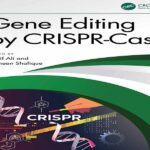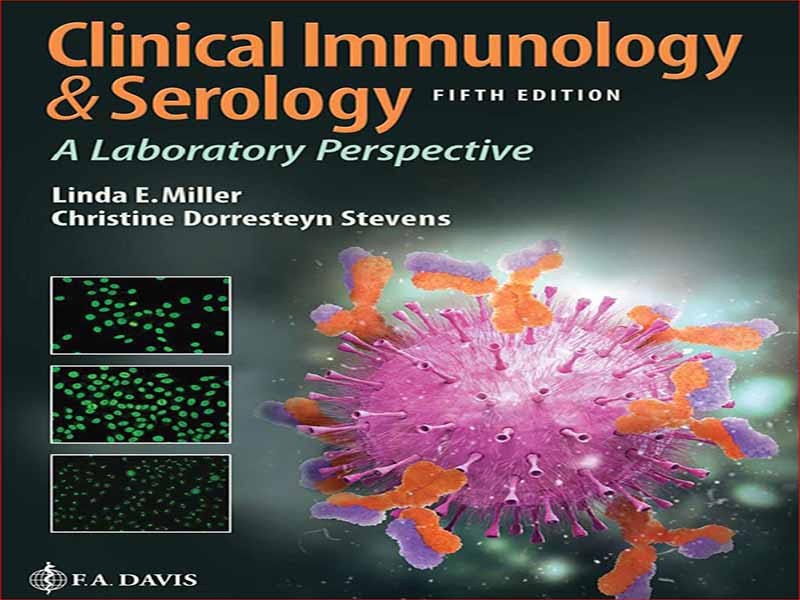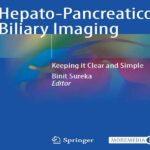- عنوان کتاب: Clinical Immunology and Serology
- نویسنده: Linda E.Miller
- حوزه: ایمونولوژی, سرولوژی
- سال انتشار: 2021
- تعداد صفحه: 2327
- زبان اصلی: انگلیسی
- نوع فایل: pdf
- حجم فایل: 19.4 مگابایت
ایمونولوژی و سرولوژی بالینی: دیدگاه آزمایشگاهی برای پاسخگویی به نیازهای دانشجویان علوم آزمایشگاهی پزشکی در سطوح 2 و 4 ساله طراحی شده است. این به طور منحصر به فرد اطلاعات عملی در مورد آزمایش های آزمایشگاهی را با بحث در مورد نظریه پشت آزمایش و بیماری هایی که آزمایش ها برای آنها استفاده می شود ترکیب می کند. برای آزمایشگاههای شاغل و سایر متخصصان بهداشت، این کتاب ممکن است به عنوان یک مرجع ارزشمند در مورد پیشرفتهای جدید در زمینه ایمونولوژی باشد. ویرایش پنجم ایمونولوژی و سرولوژی بالینی: دیدگاه آزمایشگاهی بر اساس موفقیت چهار ویرایش اول ساخته شده است. سازماندهی فصول بر اساس تجربه چندین ساله تدریس ایمونولوژی به دانشجویان علوم آزمایشگاهی پزشکی است. کتاب به چهار بخش عمده تقسیم شده است: I. ماهیت سیستم ایمنی. II. روش های اساسی ایمونولوژیک؛ III. اختلالات ایمنی؛ و IV. تشخیص سرولوژیکی و مولکولی بیماری های عفونی. بخشها بر روی یکدیگر ساخته میشوند و فصلها با استفاده از کادرهایی با عنوان اتصالات و همبستگیهای بالینی، مطالب قبلی را به مطالب جدید مرتبط میکنند. این ویژگیها به دانشآموزان کمک میکند تا اطلاعات فصلهای قبلی را به خاطر بیاورند و نظریه را با تشخیص و آزمایش بالینی واقعی پل بزنند. اطلاعات موجود در فصول مربوط به رویدادهای دنیای واقعی است تا برای دانشآموز جالبتر شود و نقش مهمی را که ایمونولوژی در زندگی روزمره مردم ایفا میکند نشان دهد. جداول راهنمای مطالعه در انتهای اکثر فصول می تواند به عنوان ابزار مطالعه برای دانش آموزان استفاده شود. بخش I از این نسخه برای ارائه بحث عمیق تر در مورد مکانیسم های ایمنی اساسی، ایجاد یک پایه قوی برای درک پاتوژنز بیماری های مرتبط با ناهنجاری های سیستم ایمنی، تجدید نظر شده است. تمام فصلهای بخشهای II، III و IV بهروزرسانی شدهاند تا شامل اطلاعات جدید در مورد آزمایشهای آزمایشگاهی و درمانهای بیماریهای ایمونولوژیک باشند. به عنوان مثال، اطلاعات مربوط به سیستم هماهنگ جهانی و تجزیه و تحلیل علت ریشه ای به فصل 8 – مدیریت ایمنی و کیفیت اضافه شده است. فصل 9 – اصول آزمایش سرولوژیکی – برای گنجاندن مثالهای اضافی برای کمک به دانشآموزان در انجام انواع رقتهای رایج در سرولوژی مورد بازبینی قرار گرفته است. فصلهای مربوط به سنجش ایمنی نشاندار (فصل 11) و تکنیکهای تشخیص مولکولی (فصل 12) به گونهای بازبینی شدهاند که شامل اصول و تصاویری برای فناوریهای جدیدتر است که در آزمایشگاه بالینی ادغام شدهاند. بیماری های خودایمنی اضافی به فصل خودایمنی (فصل 15) اضافه شده است. فصل 18-بیماری های تکثیرکننده ایمنی- برای گنجاندن اطلاعات به روز شده در مورد ایمونوفنوتیپ و ناهنجاری های سیتوژنتیک مرتبط با بدخیمی های خونی منتخب تجدید نظر شده است. اطلاعات جدید در مورد آزمایش بیماری لایم و لپتوسپیروز در فصل 21-بیماری های اسپیروکت ارائه شده است. این کتاب یک مقدمه عملی برای حوزه ایمونولوژی بالینی است که اصول نظری اساسی را با تکنیک های سرولوژیکی و مولکولی که معمولاً در آزمایشگاه بالینی استفاده می شود ترکیب می کند. تئوری جامع اما مختصر است و تاکید بر کاربرد مستقیم آن در آزمایشگاه بالینی است. متن قابل خواندن و کاربرپسند است، با نتایج یادگیری، رئوس مطالب فصل، و واژه نامه تمام اصطلاحات کلیدی. هر فصل یک ماژول یادگیری کامل است که شامل اصول نظری، تصاویر، تعاریف اصطلاحات مربوطه، و بررسی سوالات و مطالعات موردی است که به ارزیابی یادگیری کمک می کند.
Clinical Immunology and Serology: A Laboratory Perspective is designed to meet the needs of medical laboratory science students on both the 2- and 4-year levels. It uniquely combines practical information about laboratory testing with a discussion of the theory behind the testing and the diseases for which the tests are used. For practicing laboratorians and other health professionals, the book may serve as a valuable reference about new developments in the field of immunology. The fifth edition of Clinical Immunology and Serology: A Laboratory Perspective is built on the success of the first four editions. The organization of the chapters is based on the experience of many years of teaching immunology to medical laboratory science students. The book is divided into four major sections: I. Nature of the Immune System; II. Basic Immunologic Procedures; III. Immune Disorders; and IV. Serological and Molecular Diagnosis of Infectious Disease. The sections build upon one another, and the chapters relate previous material to new material by means of boxes titled Connections and Clinical Correlations. These features help the students recall information from previous chapters and bridge theory with actual clinical diagnosis and testing. Information in the chapters is related to real-world events to make it more interesting for the student and to show the important role that immunology plays in people’s daily lives. The Study Guide Tables at the end of most of the chapters can be used as study tools by the students. Section I of this edition has been revised to provide a more in-depth discussion on basic immune mechanisms, building a strong foundation for understanding the pathogenesis of diseases related to abnormalities of the immune system. All the chapters in Sections II, III, and IV have been updated to include new information about laboratory testing and treatments for immunologic diseases. For example, information on the Globally Harmonized System and root cause analysis has been added to Chapter 8— Safety and Quality Management. Chapter 9—Principles of Serological Testing—has been revised to include additional examples to help students perform the types of dilutions commonly used in serology. The chapters on Labeled Immunoassays (Chapter 11) and Molecular Diagnostic Techniques (Chapter 12) have been revised to include principles and illustrations for newer technologies that have been incorporated into the clinical laboratory. Additional autoimmune diseases have been added to the chapter on Autoimmunity (Chapter 15). Chapter 18—Immunoproliferative Diseases— has been revised to include updated information on the immunophenotype and cytogenetic abnormalities associated with selected hematologic malignancies. New information on testing for Lyme disease and leptospirosis is presented in Chapter 21—Spirochete Diseases. The book remains a practical introduction to the field of clinical immunology that combines essential theoretical principles with serological and molecular techniques commonly used in the clinical laboratory. The theory is comprehensive but concise, and the emphasis is on direct application to the clinical laboratory. The text is readable and user-friendly, with learning outcomes, chapter outlines, and a glossary of all key terms. Each chapter is a complete learning module that contains theoretical principles, illustrations, definitions of relevant terminology, and review questions and case studies that help to evaluate learning.
این کتاب را میتوانید بصورت رایگان از لینک زیر دانلود نمایید.
Download: Clinical Immunology and Serology



































نظرات کاربران